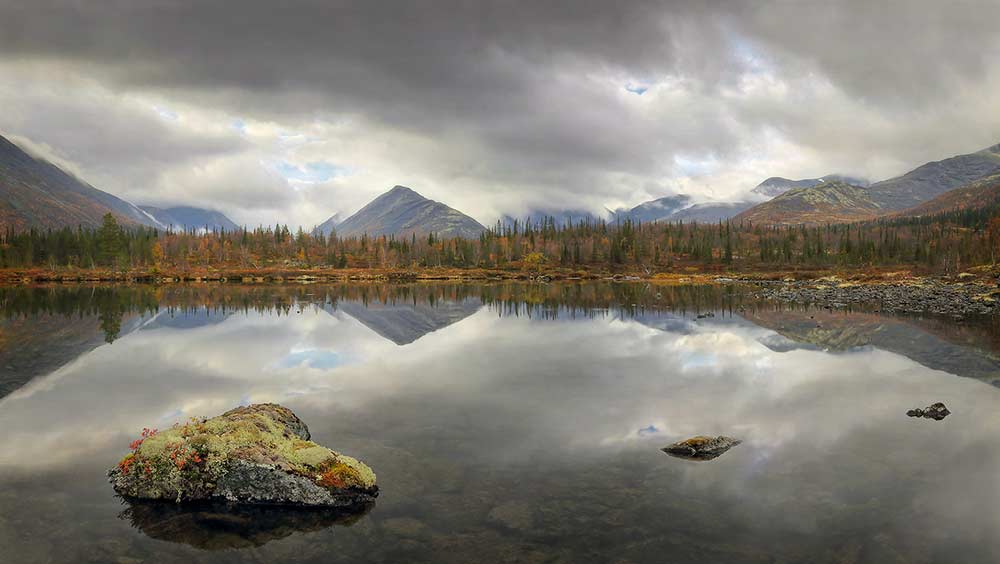The goal of the creation of the national park is to preserve the natural complexes of the mountain tundra and northern taiga of the Khibiny and Lovozersky mountain ranges of the western part of the Kola Peninsula, which are intact by economic activity and have great environmental, scientific and recreational significance.
Within the borders of the national park, unique natural objects are located – geological, geomorphological, hydrological, botanical, zoological, complex landscape and historical-cultural, which require protection and study, also represent cognitive and aesthetic value and are attractive for the development of tourism.
The Khibiny massif is unique in its landscape diversity, as well as the variety of rocks and minerals. Almost all animal species and the main types of vegetation of the Murmansk region are noted on this territory. A number of species of plants and animals are under special protection and are listed in the Red Book of Russia and the Red Book of the Murmansk Region.
Within the boundaries of the national park, there are also objects of historical and cultural heritage, including sites of the Neolithic era (about VIII – III millennia BC), the Sami Middle Ages, monuments of Sami history and culture, historical monuments of exploration and development of mineral deposits of the Khibiny and Lovozero tundras (Expedition camps, abandoned adits, mines and mines).
The Khibiny and Lovozero mountains are the highest in the Murmansk region. The territory, unique in geological and biogeographic parameters: age of rocks, mineralogical composition, the highest wealth of biological species (more than 400 species of vascular plants, more than 300 leafy mosses, about 150 liverworts, about 400 Lichens, 27 species of mammals, 123 species of birds, 2 species reptiles, 1 species of amphibians). In the Khibiny, more than half of the rare plant species known in the territory of the Murmansk region are represented. A whole series of species is known in the Murmansk region only from this territory: 8 species of vascular plants (including endemic to the Murmansk region Lapland poppy), 8 species of liverworts, 19 species of mosses and 5 species of lichens.
The territory has great recreational appeal. Currently, it is the most visited natural area of the Murmansk region by tourists.




